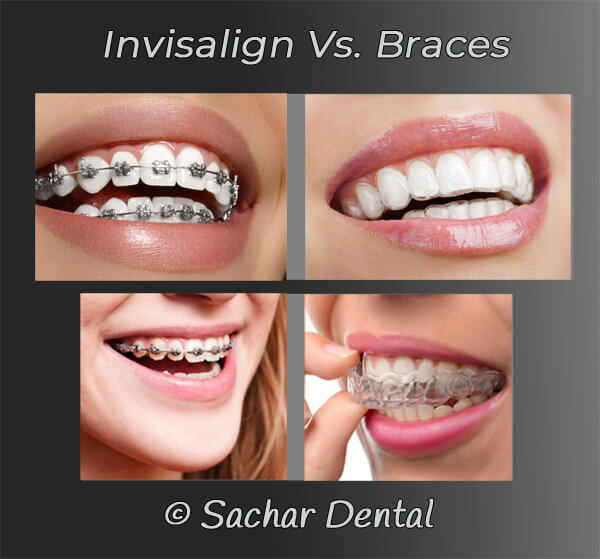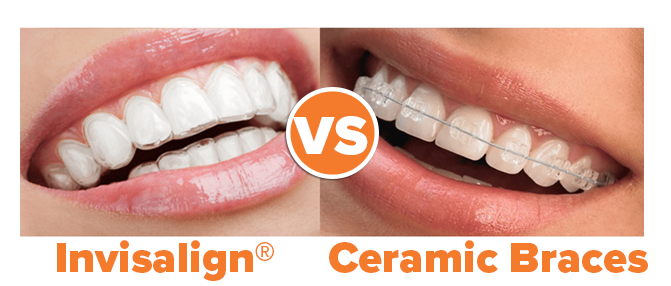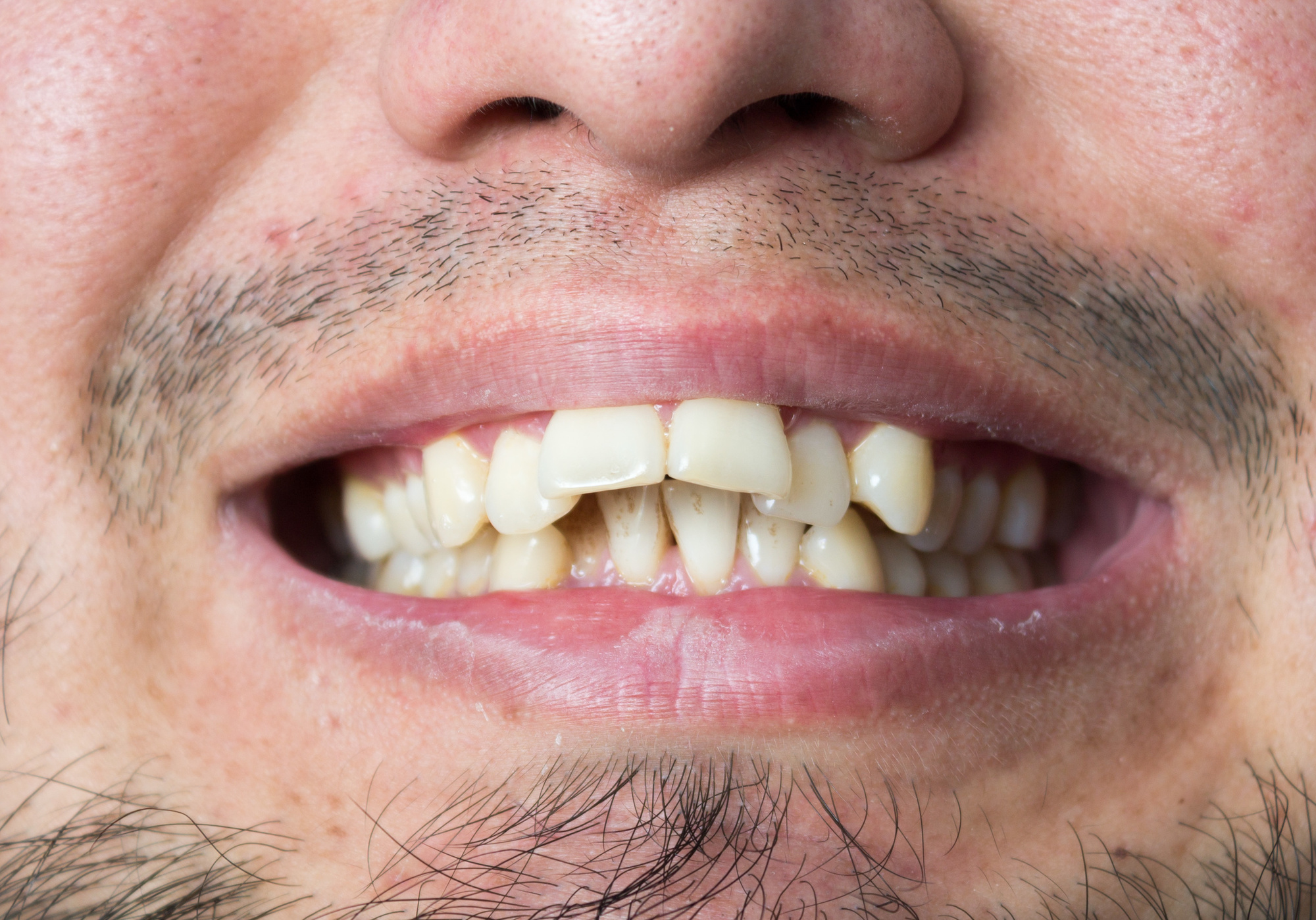What to Expect During Your Invisalign Journey: A Comprehensive Review
What to Expect During Your Invisalign Journey: A Comprehensive Review
Blog Article
Invisalign vs. Traditional Dental braces: Which Alternative Is Right for You?
When taking into consideration orthodontic treatment, the option in between Invisalign and conventional braces offers numerous vital variables that warrant mindful assessment. Invisalign supplies a very discreet option with removable aligners, while traditional braces supply a more visible yet efficient service for severe misalignment. Each option encompasses unique advantages and drawbacks associated with aesthetics, convenience, therapy duration, and expense. Understanding these nuances is critical for making an informed decision that straightens with your personal choices and lifestyle. The question stays: which alternative will finest meet your orthodontic needs and assumptions?
Overview of Treatment Choices

On the other hand, standard braces include metal braces and cables that are bonded to the teeth. This approach uses continual stress in time to accomplish alignment. While effective for intricate orthodontic issues, traditional dental braces require regular gos to for modifications and can position obstacles in keeping oral health due to the difficulty of cleaning up around wires and braces.
Both options have their merits, and the choice usually depends upon details oral conditions, way of life preferences, and client compliance. Inevitably, getting in touch with an orthodontic specialist is important for determining one of the most ideal therapy plan customized to private needs. Understanding the nuances of each choice can significantly influence the total success of orthodontic treatment.
Aesthetic Factors To Consider
A substantial variable affecting the selection between Invisalign and standard dental braces is the visual allure each therapy provides. Invisalign aligners are crafted from clear plastic, making them virtually invisible when put on.
In comparison, traditional braces consist of steel brackets and cables, which can be extra visible. While improvements in orthodontic innovation have resulted in the development of smaller brackets and colored elastics, conventional braces still preserve a more noticeable account. For some people, the visibility of dental braces might discourage them from seeking necessary therapy.
Ultimately, the option between Invisalign and conventional braces may depend upon individual choices concerning appearances. Patients that prioritize discernment usually favor Invisalign, while those that are less concerned concerning presence may choose conventional braces. Recognizing the aesthetic effects of each alternative is important for making an educated decision that aligns with one's lifestyle and preferences.
Comfort and Convenience

In regards to ease, Invisalign aligners are detachable, allowing individuals to enjoy their favored foods without restriction and maintain optimal dental hygiene. Cleaning and flossing are simplified, as the aligners can be obtained throughout these regimens, whereas conventional dental braces require careful maneuvering around cables and braces.
In contrast, typical braces require normal changes, making them less practical for those with active routines. On the whole, the convenience and ease of Invisalign make it an enticing selection for many individuals looking for orthodontic treatment.
Therapy Duration and Efficiency
While both Invisalign and typical braces are effective in remedying oral misalignments, the duration of treatment can differ substantially between both alternatives. Generally, Invisalign therapy can take anywhere from 12 to 18 months, depending on the complexity of the situation. The clear aligners function by gradually shifting teeth right into their preferred settings, and regular follow-ups with an orthodontist assistance make sure development remains on track.
On the other hand, typical braces usually call for a longer dedication, normally ranging from 18 months to 3 years. This is due to their fixed nature and making use of cords and brackets, which can be extra efficient for intricate cases and severe misalignments (Invisalign). The treatment performance of typical braces is well-documented, as they allow for accurate adjustments and higher control over tooth activity
Ultimately, the option between Invisalign and standard braces might depend upon both the anticipated therapy period and the certain oral problems at hand. Consulting with an orthodontist is important, as they can offer customized referrals based upon private requirements, guaranteeing the picked method aligns with preferred end results and durations.
Price Comparison and Insurance Coverage Choices
Expense plays a substantial function in the decision-making process for individuals taking into consideration orthodontic therapy, whether going with Invisalign or typical braces. Generally, the cost of Invisalign varieties from $3,000 to $8,000, while conventional dental braces usually set you back between $2,000 and $6,000. Variables affecting these expenses consist of the complexity of the instance, the duration of therapy, and geographical location.
Several dental insurance coverage strategies provide partial insurance coverage for orthodontic therapies, yet the specifics can vary widely. Typically, conventional dental braces might be much more often covered by insurance strategies compared to Invisalign, which some insurance companies categorize as a cosmetic treatment.
Additionally, several orthodontic techniques supply adaptable repayment plans, making both treatment alternatives much more accessible. Individuals ought to ask about potential funding options and discounts for ahead of time settlements. Assessing the total expense, consisting of insurance benefits and layaway plan, is essential for making an informed choice that lines up with both aesthetic preferences and spending plan official source factors to consider.

Verdict
In summary, the option in between Invisalign and traditional dental braces rests on numerous factors, consisting of visual preferences, comfort, therapy duration, and price. Invisalign uses a very discreet, removable choice that assists in oral health and nutritional flexibility, while standard braces might be preferable for intricate oral concerns and typically come at a lower rate factor. you could try these out Ultimately, consultation with an orthodontist is important to analyze individual conditions and establish one of the most appropriate treatment choice for achieving optimum oral alignment.
When thinking about orthodontic treatment, the option between Invisalign and typical dental braces provides numerous vital factors that merit careful assessment.Comparing Invisalign and standard braces discloses unique therapy choices for orthodontic adjustment.While both Invisalign and conventional braces are effective in dealing with dental misalignments, the duration of treatment can vary substantially between the two options.Price plays a substantial role in the decision-making process for individuals taking into consideration orthodontic therapy, whether deciding for Invisalign or standard braces.In summary, the choice in between Invisalign and conventional dental braces hinges on several variables, including visual preferences, comfort, treatment period, and cost.
Report this page